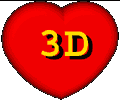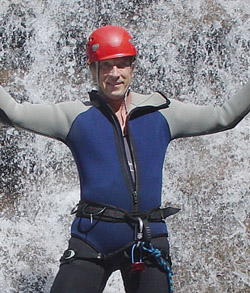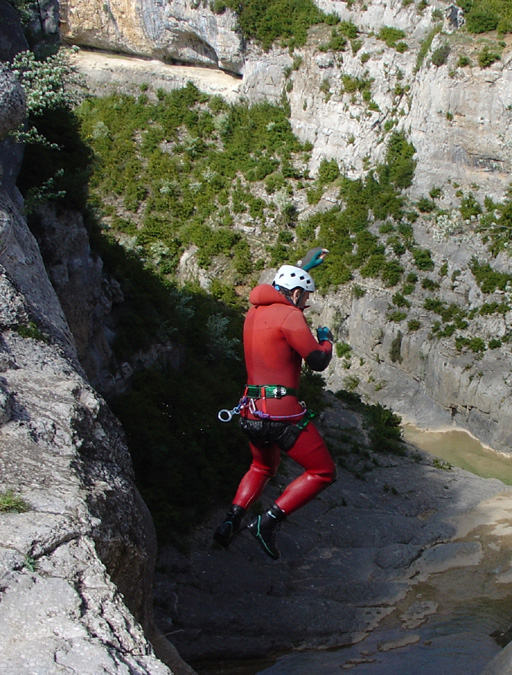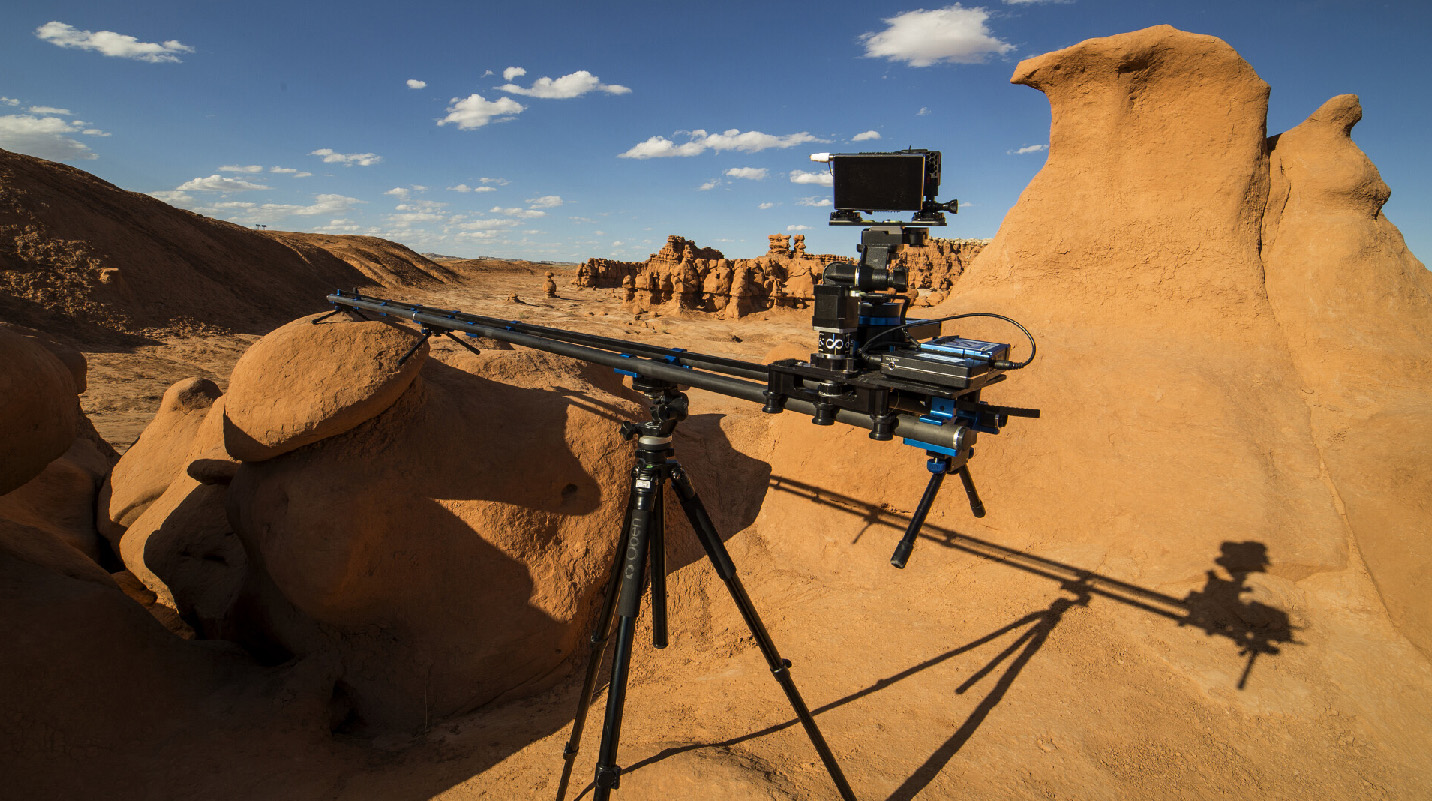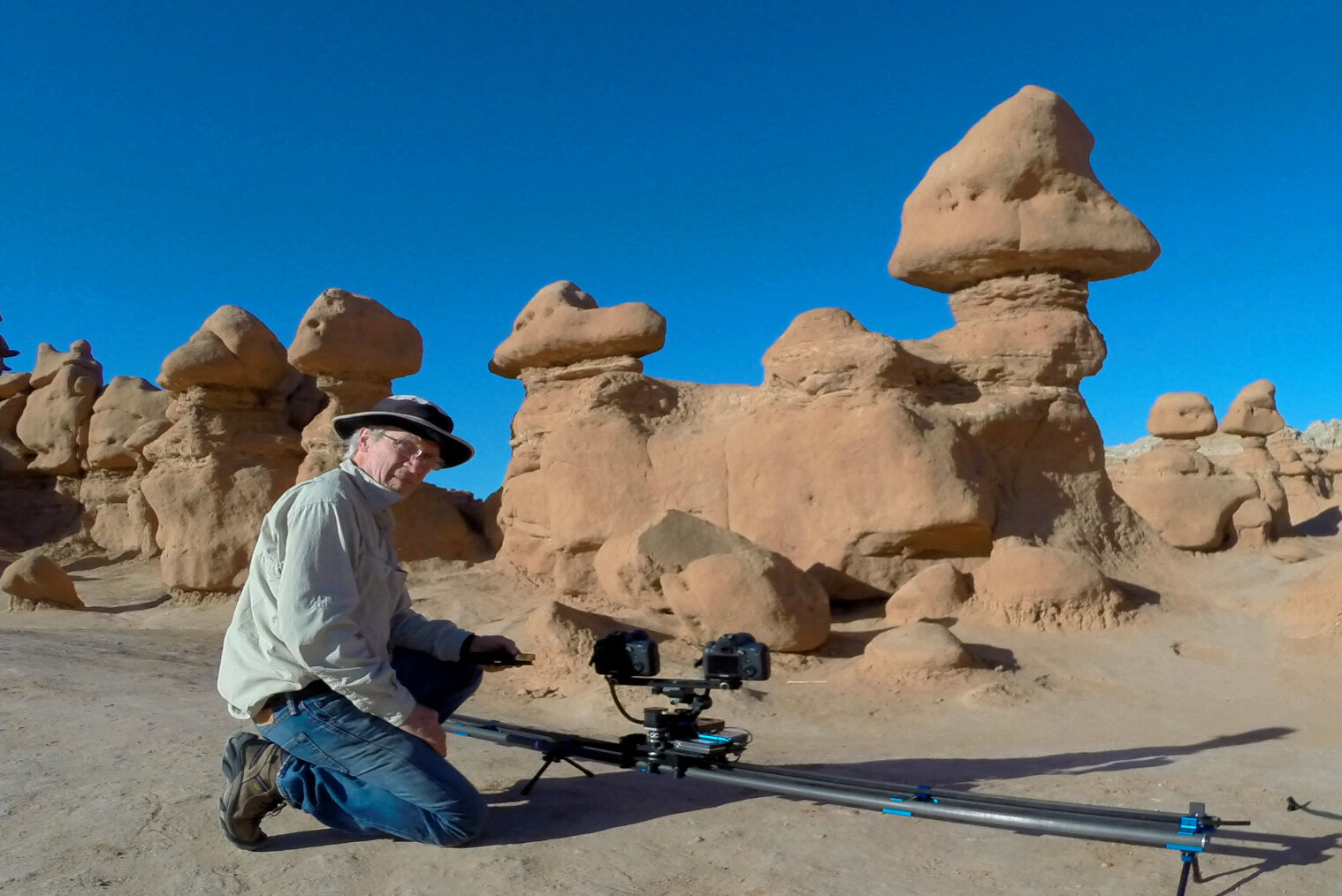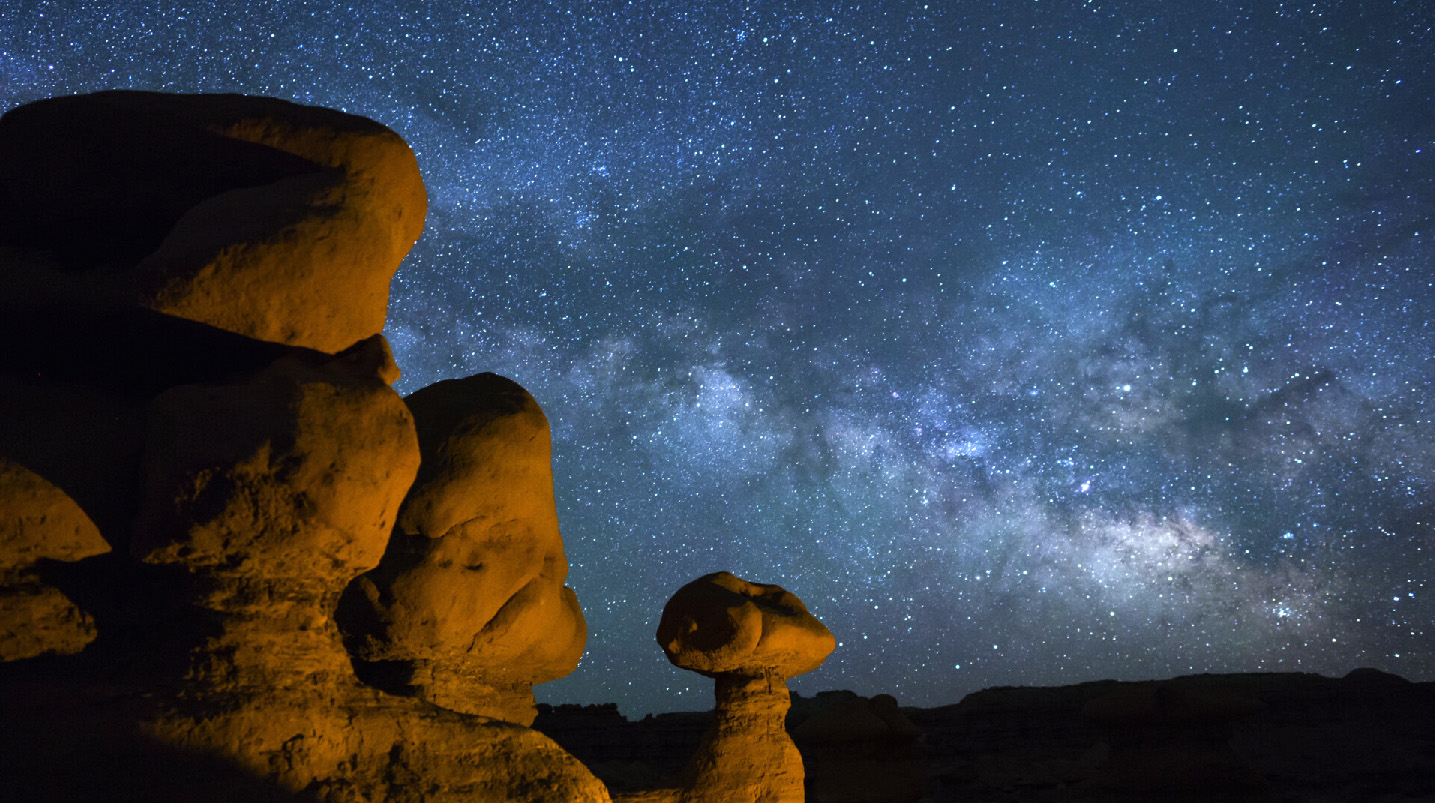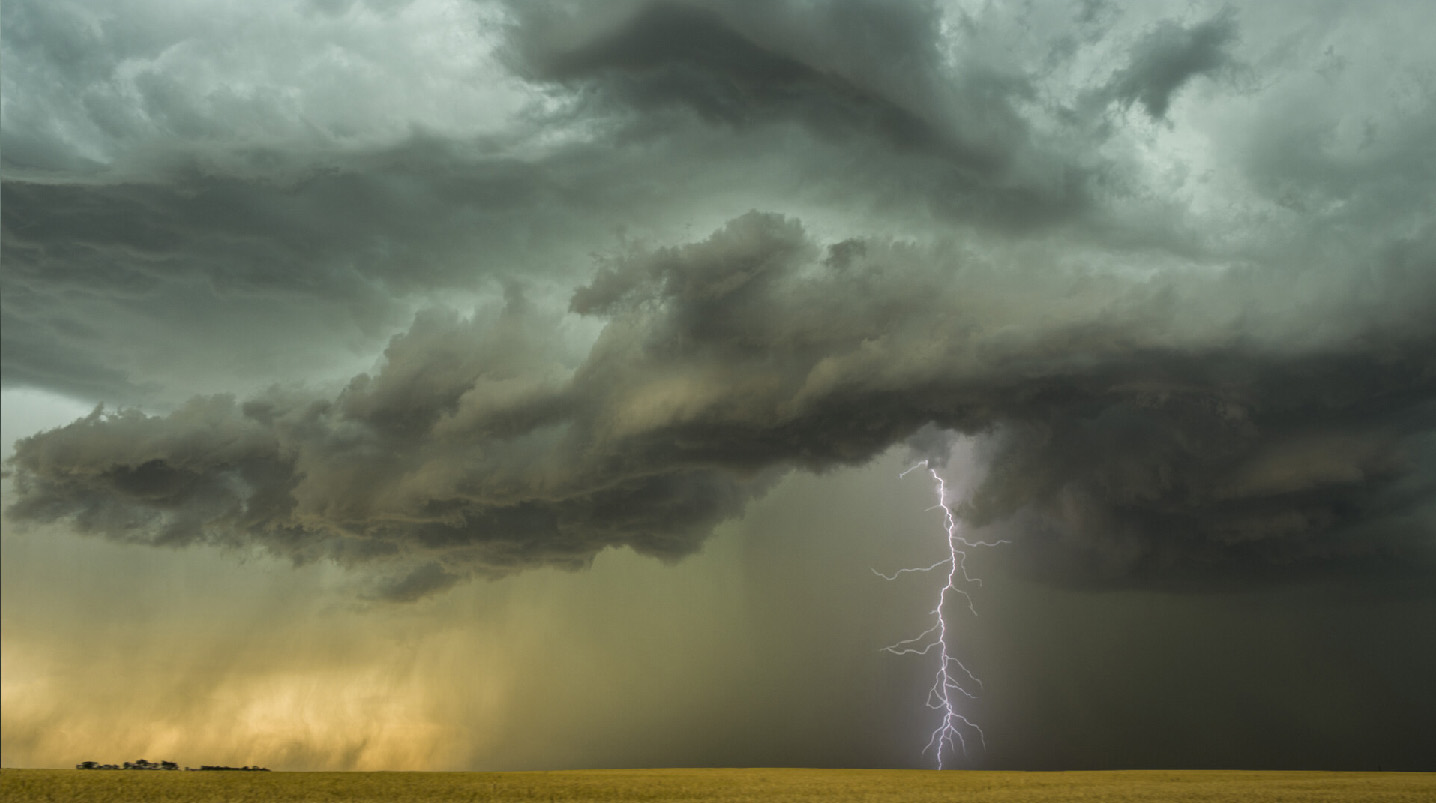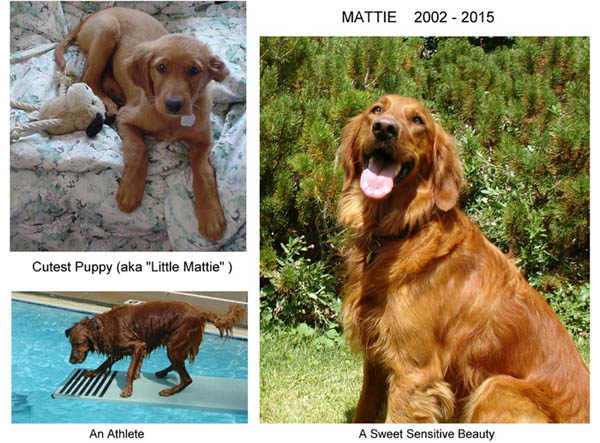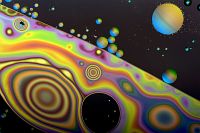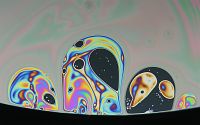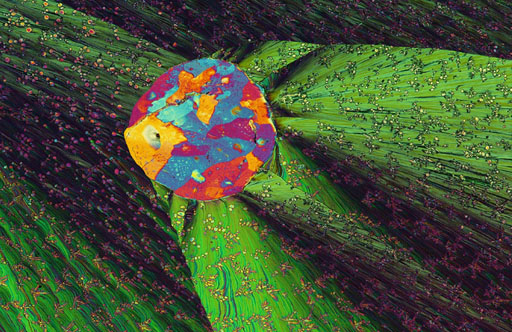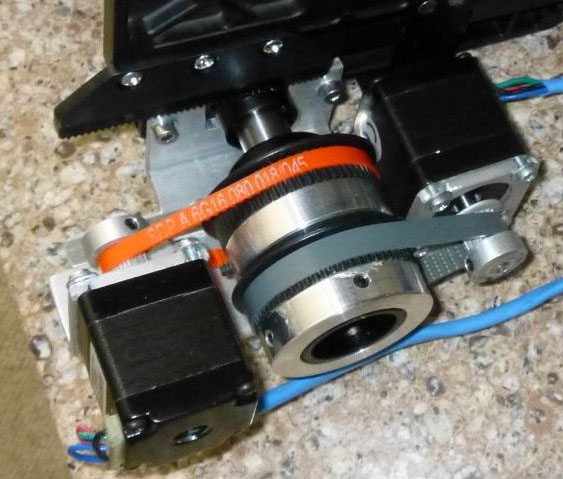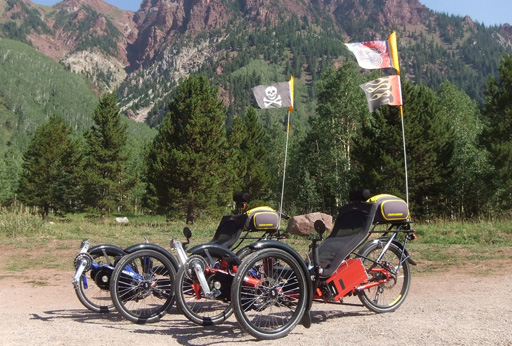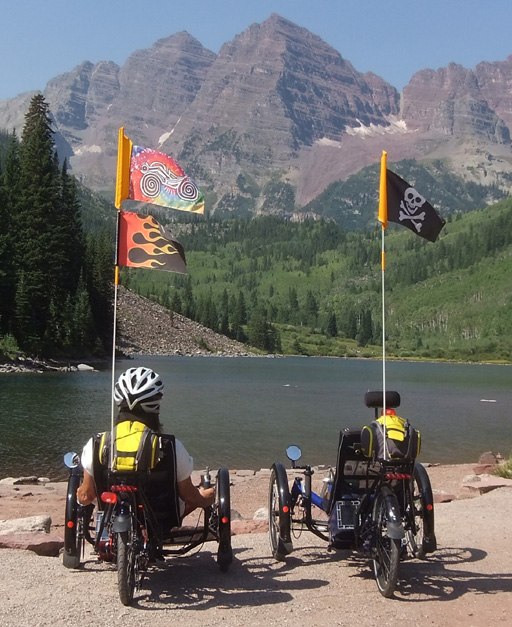RECENT ACTIVITIES (jump on down).
APRIL 2025 Been a while. Still active in stereo photography (and pickleball!), at age 81. Finished up several new railroad 3D videos: Colorado Railroad Museum (real and model trains), Colorado Model Railroad Museum (unique and POV HO-gauge), Skyline and Scree at 30 (our own G-scale outdoor layout updated and re-photographed), Rocky Mountain Rail Riders (large scale 7.5" modeling - trains you can ride on). That was FUN. Testing the making of sort of "out-there" 3D sci-fi videos using AI 2D image generation of stills. Then we do an AI conversion of stills to video, followed by an AI conversion of 2D video to 3D, and then lastly we dp some stereoscopic editing (including AI text to speech narrations, and AI music generation). Interesting, and a little crazy. Shooting 3D with cameras is better (3D quality wise), but by using the AI route you can tell a bizarre story (for example) that would be really difficult or impossible to do by trying to actually photograph the dreamed up "deviant art" material. You have to be careful of what kind of video clips you want to convert to 3D, because some clips (with flying hair or trees with complex branches, for example) often come out poorly. So far, the programs mostly used are: deviantart.com, openart.ai, kling.ai, owl3d.com, vegas pro 22, stereophotomaker.
JULY 2020 This last year has been a busy time with ACTION RAIL, making 3D videos of revived real relics of steam, including the famous Big Boy and many other amazing restorations like the J611 (the most beautiful loco ever made). In addition, I photographed a number of G-scale model train layouts in the Denver area, and resurrected our old Skyline and Scree line for entertainment and videography. This all led to 7 new stereoscopic videos many of which are available on a new compendium. The photography was not without hazards. Driving to chase the Big Boy was an adventure itself. For example along the two-lane route 30 in Nebraska the track runs right alongside the road. I would set up for a shot, watch the Big Boy fly by, then jump in the truck to get ahead for another setup. Unfortunately there was often a huge lineup of twenty or more slowly moving cars, blocked by a couple of fools trying to stay right along with the 30mph Big Boy engine at front in order to shoot jerky video from a cell phone hand-held out the car window. To get ahead of all this, you had to pray for no oncoming traffic, no people pulling out, and floor it to ridiculous speed and try to pass all twenty autos at once. Very scary, something (train chasing) I have vowed not to try again anytime soon. Then there was the time a Shay geared locomotive was reversing, and I wanted to get a shot close-up of the drive-train gears while rolling along with it. I was up front on the platform of a car just behind the tender (which has driven wheels). With my trusty gimbal, being held just at the end like gripping the knob of a baseball bat, and leaning way out while holding onto the train with one hand, I was getting a pretty neat shot. But while looking forward, I failed to see a tree coming up alongside from behind as the loco reversed. I took a solid thwack on the arm from a branch, almost lost my grip on the camera (with my right hand), and on the car (with my left). As in many other bang-ups, the GoPro twin-3D rig survived, as did the gimbal. Arm pretty scraped up. Once again I learned to check out all the angles and stay aware, 360. Lucky this time. Another day I was trying to do a roll-over shot, where the 3D camera is placed on ballast between the rails with the goal of getting the oncoming train racing over and seeing the undersides of everything. Awesome when it works. Once however, I forgot to plan for the fact that the very heavy engine would bend the old rails and rotten-ish ties and lower itself down closer to the camera. The particular engine that day also had a very low firebox. And, sure enough, it whacked the camera pretty hard and knocked it over causing it to tumble past a couple ties. The train happened to stop with the engine out of sight around a corner. The flipped camera was sitting upside down under a freight car. I had the not-so-bright idea to crawl under and grab the camera in order to set up another (different angle) shot. I knew that the train engine would give two or three whistles before moving and if I was fast enough....... So like a fool I scurried under, fumbled for the camera, then rolled out between the wheels. Then just a mere five seconds later the train started to move, only giving the whistles AFTER it had started to roll!! If I had been under there, it would have been the end. Especially when the low and sharp-edged firebox came along. Very dumb!!! Once again (after situations like crashing a bike and breaking an arm when photographing while riding the slickrock trail) it's best to 'be innovative but safe', and live by the motto 'photography isn't worth dying for'. JUNE 2018 After a hiatus from 3D, I got hooked, for a couple years, on time-lapse astrophotography. General time-lapse video generation using DSLR's has become quite the fashion, but doing such in stereo with two cameras had not (AFAIK in 2018) been done for night-time Milky Way visualizations. Of course the stars themselves are not seen in depth for earthly separations of the two cameras, so all the stereo action is in the foreground. I chose to photograph in the canyons of Utah, a previous visited and pretty well-known playground from my canyoneering days. The key is to use a slider rail and various computer controlled pan and tilt heads while shooting over many hours, moving the cameras slowly past arches, towers, and other features, which are lit up artificially using portable LED lights. These lights need not be very bright, since exposures are typically 20 seconds at f2.8 with ISO 3200. A couple of small lights can illuminate an entire arch very nicely. It's quite a load to carry all this gear (2 DSLR's, several heavy lenses, water, tripod, slider, motors, etc.) into the bush in order to get away from annoying light pollution from cars, hikers with flashlights, light-painters, etc. Then you set it up at dusk (or in a worst case, in the dark), hang out from like 10pm to 3am, then disassemble, repack, and hike out again. An awful amount of work for one 10 second (300 frame) clip. I made several trips to Utah (where the skies are incredibly dark - perfect for Milky Way photography, except for the airplanes going over from LAX to NYC). All this effort led to about 3 minutes of good time-lapse video for a film I ended up making called "Sky-Light". Sky-Light also contains stereoscopic time-lapse video shot during some storm chasing I did in eastern Colorado, Nebraska, and Kansas. Based out of a truck equipped with a data feed of real-time radar data, the goal was to plant two cameras some 200 to 500 yards apart, point them at a distant tree (say) on the horizon to roughly align them, and time-lapse (at 1 or 2 second intervals) an approaching storm. Quite dangerous, as I found out. Usually not many minutes would go by until you'd get pelted by rain, or risk being hit by 2 inch (or larger!) hail. Fortunately, I did not encounter a big approaching tornado (too bad, perhaps). Anyway, it was often difficult to recover both cameras in time to get the hell out of there before damage to self or equipment was done. Much frantic running and driving. Fortunately, I and all my gear did survive two seasons (typically May-June) of storm chasing in 2017 and 2018. Both these activities (hanging out all night in the desert, and running toward, then away from, big storms) took its toll at my late age. After I finished Sky-Light I decided to hang up my 3D cameras and return to things I can do safely at home. My wife is happy.
Slider rail set for cloud time-lapse with a hoodoo (dual GoPro) John with twin DSLR's on rail, setting up for Milky Way 3D time-lapse.
Sky-Light Milky Way over Goblin Valley Storm in Nebraska. 1 sec interval, 1/2 sec exposure (to get lightning with a 50% chance of capture). DECEMBER 2015 Finally getting back into photography a little. Went through boxes of old 35mm and 6x7cm film slides of African wildlife taken on a number of rustic DIY camping safaris in the 1970's and 1980's. These were all flat single-camera images (not 3D), but over the last few years computer processes that aid in the human-assisted conversion of single pictures into 3D's have become remarkably good (as can be seen in commercial 3D cinema features, like Mad Max Fury Road, that are more often than not converted, rather than being shot in native 3D using stereoscopic cameras). Thus, a large number of images taken in my fondly remembered days and nights of wild times in the bush were converted by www.william3d.com and are now displayed here in stereo. I also wrote a short book describing the adventures that included events like being treed by a rhino and having the car break down in the middle of a pride of lions. Pretty crazy stuff. Also, I am again trying to do some panoramic (gigapixel) microscopy. I had started this a couple of years ago, but other things kept intervening. Hope to have some results pretty soon! The abstract images can be really beautiful. Samples here or here . One long term goal is to convert the panos to 3D and put them into a VR-type viewer, possibly made with a 4K phone like the Sony Xperia Z5 Premium, where you can fly over the other-worldly microscopes as well as moving up and down over interesting features. Another idea is a real-time stereoscopic fractal generator (using a kilo-core petaflop GPU) that would permit VR fly-through too. A difficult involved project (writing OpenCL code for the fractal renders), but it would be awesome. Just some ambitious ideas. Please email me any thoughts. MAY 2015 Pleased to learn that one of my videos won 3rd place in the 4'th annual Nikon Small World in Motion competition. The prize, a nice professional DSLR, was donated to the Boulder Humane Society in memory of Mattie. The Society will use the camera to make portraits of their rescue animals for adoption. FEBRUARY 2015 We lost our Best Canine Friend Mattie at age 12 1/2 . Here is a memorial:
There you are, our sweetest, L’il Miss Mattie! No more pain,
limping. Only fun with your sister Cassie in heaven. You can run
free, smile, catch millions of balls, retrieve infinite lunkers while
swimming, bringing your fabulous joy wherever you are! We want you to
be at peace, knowing you were HUGELY loved. You were the most
affectionate, graceful, enthusiastic, intelligent, obsessive chuck-it
lady we ever knew! You LIVED to go off the diving board at Scott
Carpenter Pool in Boulder during Dog-Daze-of-Summer . So focused,
clamping your mouth around that one or even 2 toys only to race back
to us at breakneck speed, body half raised up out of the water and
then to do it again and again, your eyes gleaming with anticipation!
Remember that day we saw your nails bleeding from the sandpaper
surface of the diving board and we understood we needed to limit you?
And at the Reservoir, jumping off the end of the dock at top speed,
ever eager to beat out other dogs while you swam deep into the lake,
getting those single or multiple balls, mouth wide, proudly returning
to the shore, out of breath and wildly happy with your
accomplishment!! You also retrieved other dogs’ toys when they forgot
to…… We loved those wet body shakes. We adored your sensitivity,
gently and appropriately playing with your canine friends. And at
night you waited until we were settled in our bed before you’d quietly
enter the bedroom locating your own comfy bed. If you needed to
disturb our sleep it was with your signature high pitched single,
almost silent whine. Ultimately loving and kind, you only desired
pats, scratching and leaning against our thighs for never ending
caresses; you loved going between our legs, hiding your head where the
best, intimate smells were, enjoying a total body rub down. What
joy!!! Then, after years of crouching low, looking under the couch
for your beloved ball, you learned you could do the same with no ball
there at all, knowing we'd get one for you. So brilliant, adding onto
knowledge, taking off on your own! Also, how can I forget those long
loving upward looks to the top of the fridge where you thought the
treats still lived! So inimitably precious..... You kept our hearts
open and receptive 24/7. Our house is empty without your ever
watchful, loving presence. Know that you gave us far more than we
ever gave you! Forever, our love. FEBRUARY 2015 After a long hiatus from photography of any type, finally getting restarted on the stack-stitch huge-print microscopy project. It's slow going with many other non-photographic things going on. Hopefully some results in a few months.
AUGUST 2014 Finally got some time to do microscopy. Always having been interested in fluid dynamics, I started with soap films in air, and oil films sitting on a water layer. Soap films have been much photographed (e.g. search soap film on flickr ), but little attention has been given to motions and effects at less than 1mm scale. Oil films on water, even less so. Of special interest to me are the vortices and bubble dynamics that occur at the edges of the containing ring (primarily), and, in the case of oil-on-water, the processes that convert thin sheets to evaporation-resistant droplets of oil that coalesce to larger sizes and reduce further vaporization (because larger drops have lower area per unit volume). Such processes are relevant to fuel spill dispersal. The videos illustrate the dynamics better than the stills ( soap / oils ), though still images can have a pretty nice abstract artistic flair. So far this work is 2D, but I am working on possibly making or converting some of the video clips to 3D. FEB 2014 Pleased to hear a short compilation of Morpheos clips won an award as best animated/cgi video at the recent Stereoscopic Displays and Applications 2014 meeting in San Francisco. This annual gathering has talks on the latest developments on the technical side of 3D and features a popular open-submission theater session. But alas, time to move on from 3D. Stitched and stacked autoprogrammed large-format microscopy is ready to go. This has been done before for a few subjects (e.g. see "gigapan microscopy"), but there are a lot more very neat things that could be created this way. My first goal is a super-high-resolution 4 foot high, 10 foot wide, 300dpi (0.5 gigabyte) aluminum wall print of a whole field of crystal defects, down to the tiniest detail. After exploring the abstract art of crystallization, I hope to work into other subject areas such as thin film microscopic fluid dynamics.
XY stage driver:
AUGUST-SEPTEMBER 2013 Attended the International Stereoscopic Union 2013 convention in Slovenia. What a nice country! Thanks to all the organizers for running a fantastic event in Ljubljana. Many hours of innovative and interesting indie 3D stills and videos, and fascinating tours around the country. Hiking and touring in Switzerland and Cornwall too. Wonderful. JUNE 2013: Oops. Had to re-render several segments of fractal video. To preserve fine details (and fractals have a LOT), it is necessary to make the motions and morphing go extremely slowly. We don't want to use any motion blur, and to avoid bothersome strobing (especialy in a blu-ray 3D that goes only at a puny 24fps - thanking Hollywood for that yuk) the evolving imagery should only change by a pixel or so per frame. Whoa, more frames, longer renders, smaller motion increments. Redux yet again. The joys of Fractal Art. APRIL 2013: At LAST! Just about finished rendering new stereoscopic fractal videos. Been running multiple 8-thread machines 24/7 since last September. Beginning the editing of MORPHEOS RELOADED, the last in a series of motion-art pieces (along with the award winning Morpheos and NeoMorpheos). Got to be finished in time for the International Stereoscopic Union convention in Slovenia this summer. Yeah. NOVEMBER 2012: Reunion Island Trou de Fer adventure story finally re-linked and transferred from my old CrystalCanyons website over to this one. Still working on computer renders of complex hybrid fractals. Takes forever, but will be awesome :-). OCTOBER 2012: New hybrid fractal video renders using Mandelbulb3D were started. Estimated completion Jan2013, as the computations plod along at around 90 frames per day. The clips will be used in a new HD video called Morpheos Reloaded. We also tested the Omega3D.net 10-band interference filter 3D projection system. Apart from some issues with using correction glasses in addition to the multi-band 3D interference glasses, this system, when compared with normal polarized projection methods, seems superior for a small number a viewers. Although a bit less bright (hence requiring 20-30% more projector power for the same screen size), stereoscopic images can be projected onto a white (preferably hi-gain) screen with NO perceptible ghosting. The trade off is a very slight color rivalry, that for most scenes is un-noticeable. Very neat.
Trikes in Tailwind (electrics appreciated in headwinds) SEPTEMBER 2012: Successfully tested 40Mbps Blu-ray generation of Over/Under vertically squished 30p material for playing on passive half-HD (resolution 1920x540) 3DTV's such as LG and Vizio. This method appears better than side-by-side horizontally squished, row interlaced (terrible compression artifacts), and for material other than scrolls and zooms in shots with horizontal line structures. Perhaps a little better than 24Mbps MVC 3D BD's, but the latter does not have the horizontal line-structure artifacts. Also successfully tested 24Mbps 3D-Blu-ray generation. In spite of the relatively low bit rate available in software like Sony Vegas Pro, the resulting plays look quite good.
Triking the Maroon Bells outside Aspen, Aug. 2012 APRIL 2012: Finished the electric trike and electric mountain bike projects (see home page for descriptions of these powerful beasts).
|
© Hart3D - All Gallery images and videos are copyrighted John Hart. All rights reserved. No part of these pages, either text, videos, or images, may be used for any purpose other than for personal viewing. Reproduction, modification, storage in a retrieval system or retransmission, in any form or by any means, electronic, mechanical, or otherwise, is strictly prohibited without prior written permission.
|
